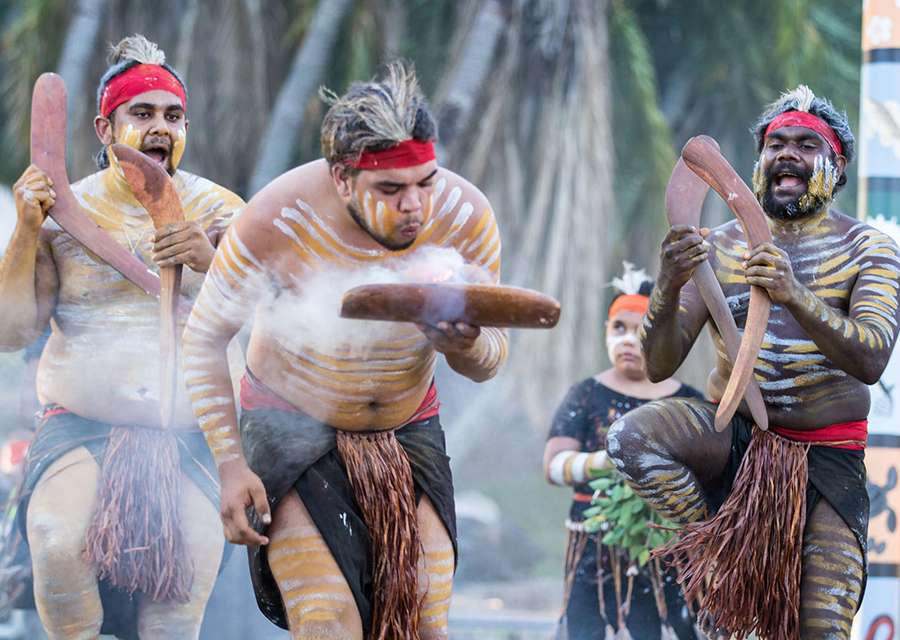For centuries, Aboriginal Australian Dance has played a vital role in Aboriginal culture. Indigenous Australian tribes deeply revered dancing as a spiritual practice, with each tribe having its unique traditions for choreography and performance. Even today, several renowned Australian Aboriginal dances continue to be performed. Some examples of Aboriginal and traditional dances in Australia include the corroboree, the didgeridoo dance, the kangaroo dance, and the emu dance.
What is the significance of dance in Aboriginal culture?
Dance holds great significance in Aboriginal culture as it is an integral part of their traditions, rituals, and storytelling. It plays a crucial role in preserving and passing down their cultural heritage from one generation to another.
Some examples of Aboriginal and traditional dances in Australia include the corroboree, the didgeridoo dance, the kangaroo dance, and the emu dance.
Aboriginal dances are deeply rooted in the connection between the land, ancestors, and the Dreamtime, which is a spiritual concept encompassing creation stories and the ancestral beings. Through dance, Aboriginal people express their connection to the land, their ancestors, and the Dreamtime.
These dances often tell stories of creation, hunting, and gathering, as well as important events in Aboriginal history. They are a way of transmitting knowledge, values, and beliefs, and serve as a form of communication within Aboriginal communities.
Dance also plays a significant role in ceremonies and rituals. It is used to mark important occasions such as initiation ceremonies, weddings, funerals, and seasonal celebrations. These ceremonies are essential for maintaining the spiritual and cultural well-being of the community.
Furthermore, Aboriginal dances are characterized by unique movements, rhythms, and costumes that vary across different regions and cultural groups. Each dance has its own meaning and purpose, reflecting the diverse cultures and traditions of Aboriginal peoples throughout Australia.
Overall, dance is a powerful expression of Aboriginal identity, spirituality, and cultural continuity. It serves as a form of cultural preservation and a means of connecting with the past, present, and future.
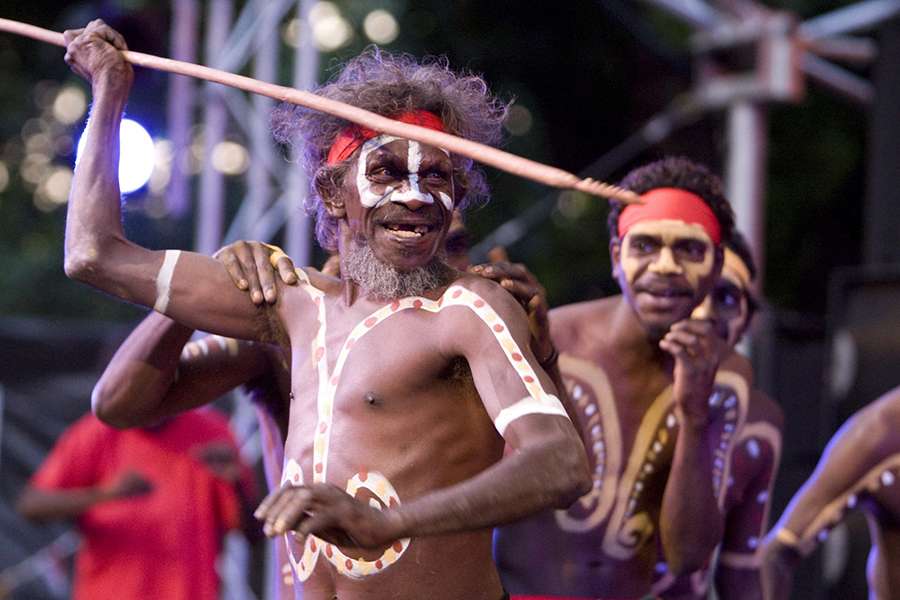
Corroboree In Aboriginal Culture
Corroboree is a traditional Aboriginal gathering that involves music, dance, and storytelling. There are many different types of dances performed at a corroboree, each with its own significance and meaning. Some of the traditional dances performed at a corroboree include:
1. The Kangaroo Dance: This dance imitates the movements of a kangaroo, and is often performed by men.
2. The Emu Dance: Similar to the Kangaroo Dance, this dance imitates the movements of an emu.
3. The Possum Dance: This dance imitates the movements of a possum, and is often performed by women.
4. The Snake Dance: This dance imitates the movements of a snake, and is often performed by men.
5. The Eagle Dance: This dance imitates the movements of an eagle, and is often performed by men.
These are just a few examples of the many traditional dances performed at a corroboree. Each dance has its own significance and meaning, and is an important part of Aboriginal culture and tradition.
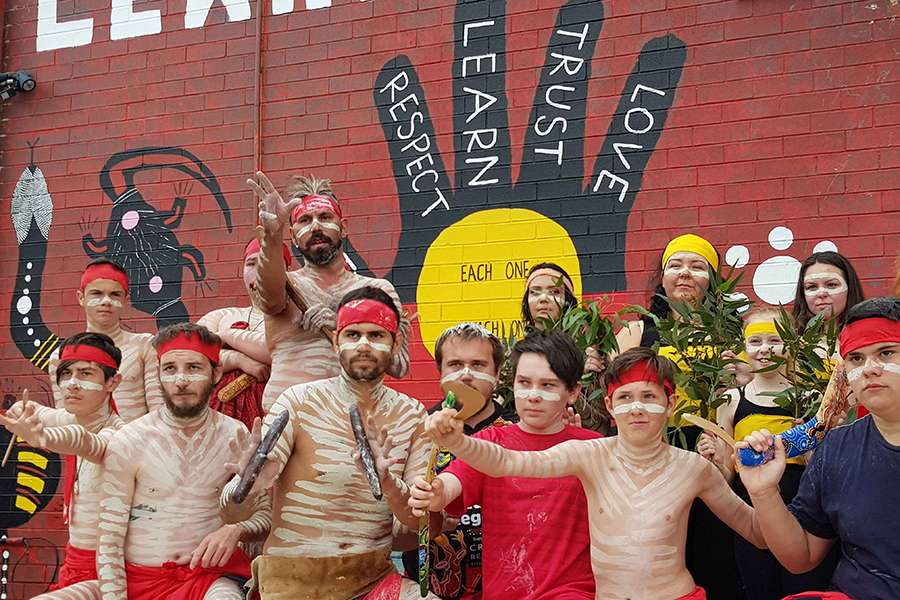
Are non-Indigenous people allowed to participate in corroborees?
Corroboree is a traditional Aboriginal ceremony that involves singing, dancing, and storytelling. It is an important cultural practice that has been passed down through generations.
In general, corroborees are considered sacred and are not open to non-Indigenous people. However, there may be some exceptions where non-Indigenous people are invited to participate in certain aspects of the ceremony. It is important to note that these invitations are usually extended by the Indigenous community themselves and should be respected as a privilege and an opportunity to learn about Indigenous culture.
It is also important to remember that Indigenous cultures are diverse and practices may vary between communities. Therefore, it is always best to seek permission and guidance from the local Indigenous community before participating in any cultural practices.
The Yabarra Aboriginal & Traditional Dances
“Australia Dances – Aboriginal & Traditional Dances the yabarra” is a cultural dance performance that showcases the rich history and traditions of the Indigenous peoples of Australia.
The Yabarra dance holds significant cultural importance in Aboriginal culture. It is a traditional dance that has been passed down through generations and is performed by Aboriginal people in Australia. The dance is a way of connecting with the land, ancestors, and spirits.
The Yabarra dance often tells stories and legends of the Aboriginal people, reflecting their deep connection to the natural world and their spiritual beliefs. It is performed during important ceremonies, celebrations, and gatherings, serving as a way to preserve and share cultural knowledge and traditions.
The dance movements and rhythms are unique to each Aboriginal group, representing their distinct cultural identity. Through the Yabarra dance, Aboriginal people express their history, values, and sense of belonging to their ancestral land.
It is important to note that specific meanings and interpretations of the Yabarra dance may vary among different Aboriginal communities, as each group has its own traditions and cultural practices.
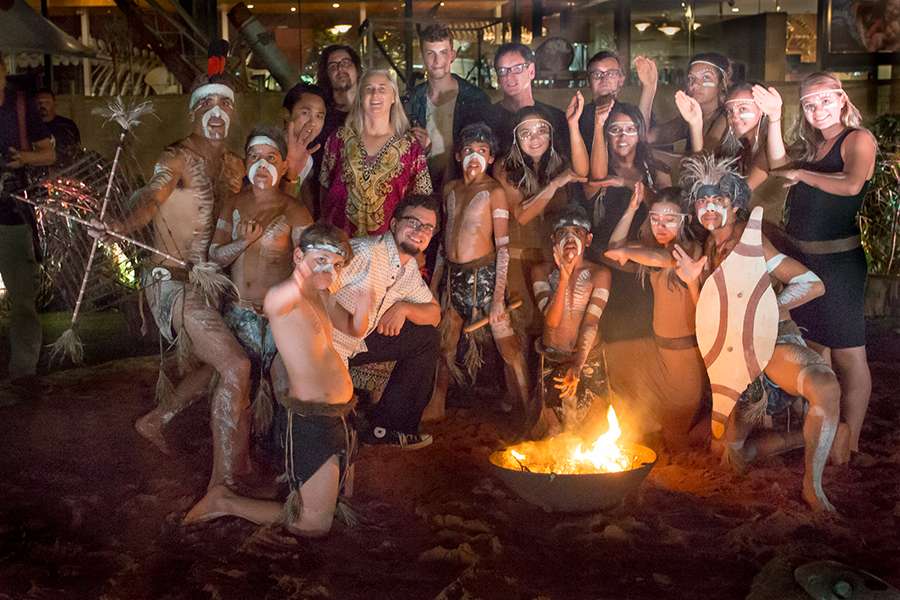
How long has the yabarra dance been performed in Australia?
The Yabarra: Gathering of Light is a new cultural experience that celebrates the rich history of the Aboriginal and Torres Strait Islander peoples of Australia. The performance incorporates traditional and contemporary dance, music, storytelling, and technology to showcase the culture and traditions of the First Nations people.
To answer your question, it is difficult to determine exactly how long the Yabarra dance has been performed in Australia, as it is a relatively new addition to the cultural scene. However, traditional Aboriginal and Torres Strait Islander dances have been performed for thousands of years as part of cultural ceremonies and celebrations. These dances are an important way for Indigenous communities to connect with their ancestors, their land, and their spirituality.
The Didgeridoo Dance in Aboriginal and Traditional Dances
The didgeridoo dance is a type of dance that involves the use of a long, wooden wind instrument called the didgeridoo, which is traditionally played by the Aboriginal people of Australia.
What other traditional instruments are used in Aboriginal dances besides the didgeridoo?
Besides the didgeridoo, Aboriginal dances also incorporate a variety of other traditional instruments. These include clapsticks, which are used to keep time and rhythm, and bullroarers, which are used to create a deep, humming sound. Additionally, some dances may also feature the use of drums, such as the djembe or conga drums. Overall, these instruments play an important role in Aboriginal culture and are integral to the performance of traditional dances.
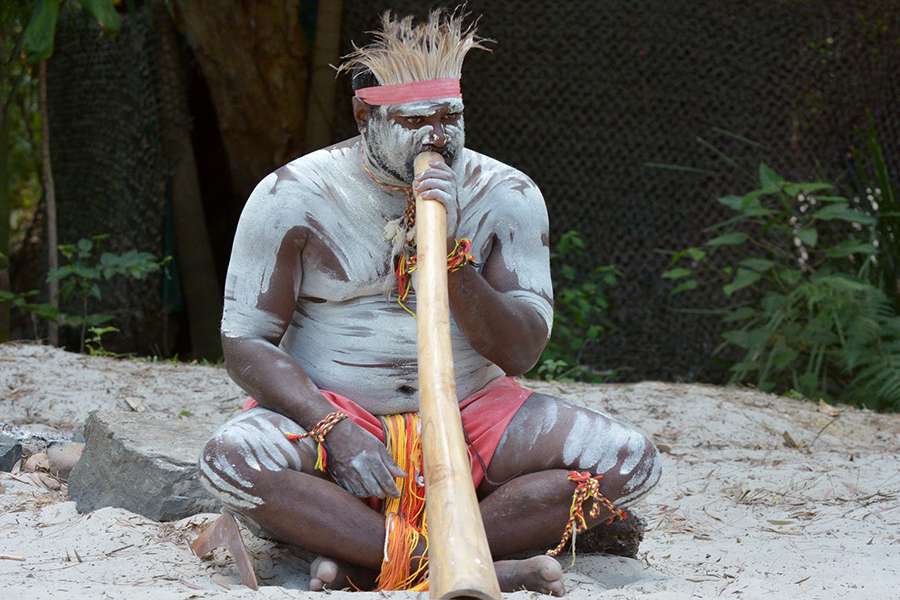
The Kangaroo Dance
The kangaroo dance is a traditional Aboriginal dance that imitates the movements and behavior of kangaroos.
The kangaroo dance, also known as the “kangaroo hop,” is a traditional Aboriginal dance that has been performed for thousands of years. It is believed to have originated in the central desert region of Australia, and is still performed today in many Aboriginal communities.
In Aboriginal culture, the kangaroo is considered a significant animal, representing strength, agility, and survival in the harsh Australian landscape. The kangaroo dance is performed to celebrate the spirit of the kangaroo and to honor its importance in Aboriginal culture.
The dance involves a group of dancers imitating the movements of a kangaroo, including hopping, jumping, and bouncing on one leg. The dancers often wear costumes decorated with kangaroo fur or other traditional materials.
Overall, the kangaroo dance is an important part of Aboriginal culture, representing a connection to the land and the natural world. It is a way for Aboriginal people to celebrate their heritage and pass on their traditions to future generations.
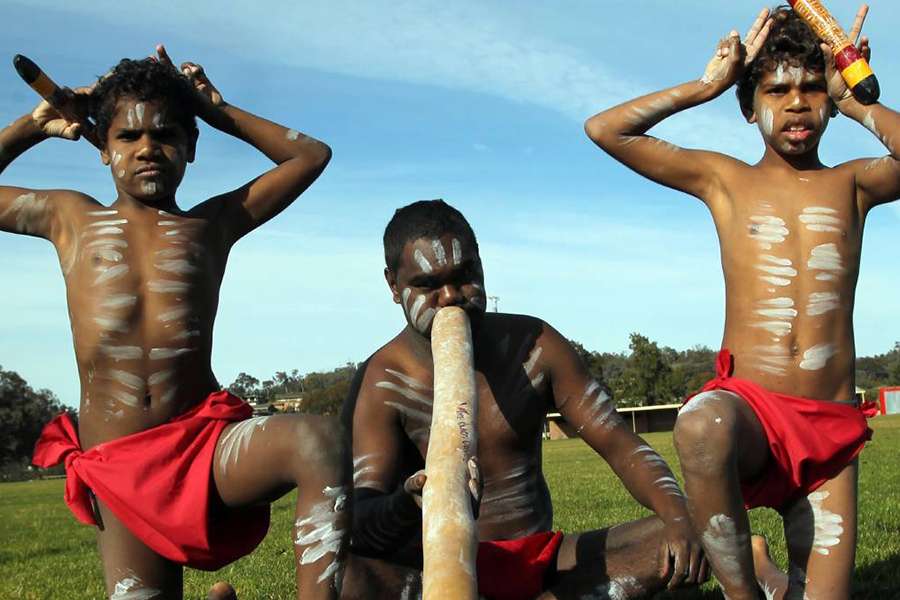
How is the kangaroo dance performed?
The kangaroo dance is a traditional Aboriginal dance performed in Australia. It is a ceremonial dance that imitates the movements of a kangaroo. Here is how the kangaroo dance is typically performed:
1. Formation: The dancers form a line or a circle, usually with the leader at the front.
2. Movements: The dancers imitate the hopping movements of a kangaroo by jumping from one foot to the other. They also use their arms to mimic the kangaroo’s movements.
3. Rhythm: The dance is accompanied by rhythmic music, usually played on traditional instruments such as didgeridoos, clapsticks, and boomerangs. The music sets the pace and rhythm for the dancers.
4. Storytelling: The kangaroo dance often tells a story or represents an important aspect of Aboriginal culture or history. The dancers may use gestures and facial expressions to convey the meaning of the dance.
5. Costumes: Dancers may wear traditional Aboriginal clothing, including animal skins, feathers, and body paint. These costumes add to the visual impact of the dance.
The kangaroo dance is not only a form of entertainment but also a way for Aboriginal communities to preserve their cultural heritage and pass it on to future generations. It is an important part of Aboriginal ceremonies and celebrations.
Are there any specific occasions or events where the kangaroo dance is performed?
The kangaroo dance is a traditional Aboriginal dance that is performed on various occasions and events. It is often performed as part of cultural celebrations and ceremonies, such as corroborees, which are traditional gatherings where Aboriginal people come together to share stories, dance, sing and celebrate their culture.
The kangaroo dance is also performed at festivals and events that showcase Aboriginal culture, such as NAIDOC Week, which is a national celebration of Aboriginal and Torres Strait Islander culture held in Australia every July. Additionally, the kangaroo dance may be performed at schools and other educational institutions as a way of teaching students about Aboriginal culture and history.
Overall, the kangaroo dance is an important part of Aboriginal culture and is performed on a variety of occasions and events.
The Cassowary Dance in Australia
The Cassowary Dance is a traditional dance performed by the Aboriginal people of Australia that imitates the movements of the cassowary bird.
The Cassowary Dance is a significant dance in Aboriginal culture as it is linked to the spiritual beliefs of many Indigenous communities in Australia. The cassowary bird is considered a powerful and sacred animal and is often associated with creation stories and the Dreamtime.
The dance itself is performed by men who wear elaborate costumes that mimic the appearance of the cassowary. The dancers move in a slow, rhythmic fashion, imitating the movements of the bird. The dance is often accompanied by traditional music and singing.
The Cassowary Dance is believed to have important spiritual and cultural significance for many Indigenous Australians. It is seen as a way to connect with the land and the natural world, and to honor the traditions and beliefs of their ancestors.
Are there any specific occasions or events where the Cassowary Dance is performed?
The Cassowary Dance is a traditional Aboriginal dance from Australia. It is often performed on specific occasions or events that hold cultural significance. One such occasion is the initiation ceremonies of young men, where the dance is performed to celebrate their transition into adulthood. The Cassowary Dance is also performed during important community gatherings, festivals, and cultural events. It is considered a powerful and sacred dance that represents the strength and spirit of the cassowary bird, which holds great cultural significance in Aboriginal traditions.
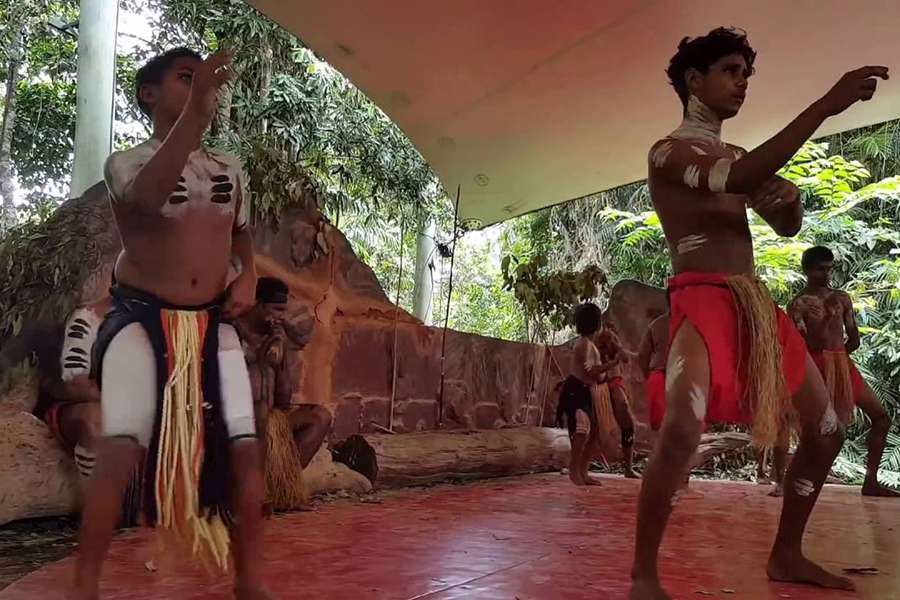
The Mosquito Dance Ngukum In Traditional Australia
The Mosquito Dance is a traditional dance from the Aboriginal culture of Australia that depicts the movements and sounds of mosquitoes. It is believed to have been used in ceremonies to ward off mosquitoes and other insects.
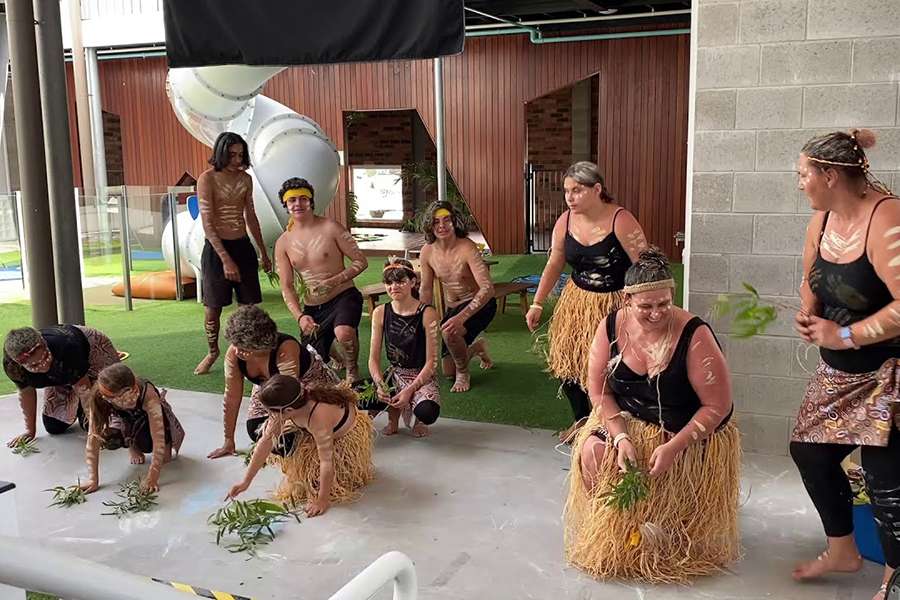
The Sugar Bag Dance in Australia
The Sugar Bag Dance holds cultural significance as it represents the gathering of honey from native Australian bees’ hives, known as sugar bags. It is a traditional dance performed by Aboriginal people to celebrate the harvest of this valuable resource.
How is the Sugar Bag Dance performed?
The Sugar Bag Dance is a traditional dance performed by Aboriginal people in Australia. It is named after the sugar bag, which is a type of honey produced by native bees.
During the dance, performers imitate the movement of the bees as they collect nectar from flowers. The dancers move in a circular motion, swaying their bodies and arms while making a humming sound with their mouths to imitate the buzzing of the bees.
The dance is often performed at ceremonies and festivals and is an important part of Aboriginal culture. It is believed to have been performed for thousands of years and is still practiced today as a way to keep traditional culture alive.
The Tiwi Dance
The Tiwi Dance is a traditional dance of the Tiwi people, an indigenous community in Australia. It is a significant part of their culture and is performed on various occasions such as funerals, initiations, and ceremonies.
How has the Tiwi Dance evolved over the years?
Tiwi Dance is a traditional dance form of the Tiwi people, who are the Indigenous people of the Tiwi Islands, located off the coast of Northern Australia. The dance has been an integral part of their culture for centuries and has evolved over time.
One of the ways in which Tiwi Dance has evolved is through the incorporation of modern elements into the traditional dance form. For example, some Tiwi Dance performances now include contemporary music and dance moves, which have been influenced by Western culture.
Another way in which Tiwi Dance has evolved is through changes in the costumes worn by the dancers. In the past, dancers would wear traditional body paint and clothing made from natural materials such as bark and feathers. Today, many Tiwi Dance performances feature brightly colored costumes made from synthetic materials.
Despite these changes, Tiwi Dance remains an important part of Tiwi culture and continues to be performed at important events such as weddings, funerals, and cultural festivals. The dance helps to preserve the cultural heritage of the Tiwi people and is a testament to their resilience and creativity over the years.


